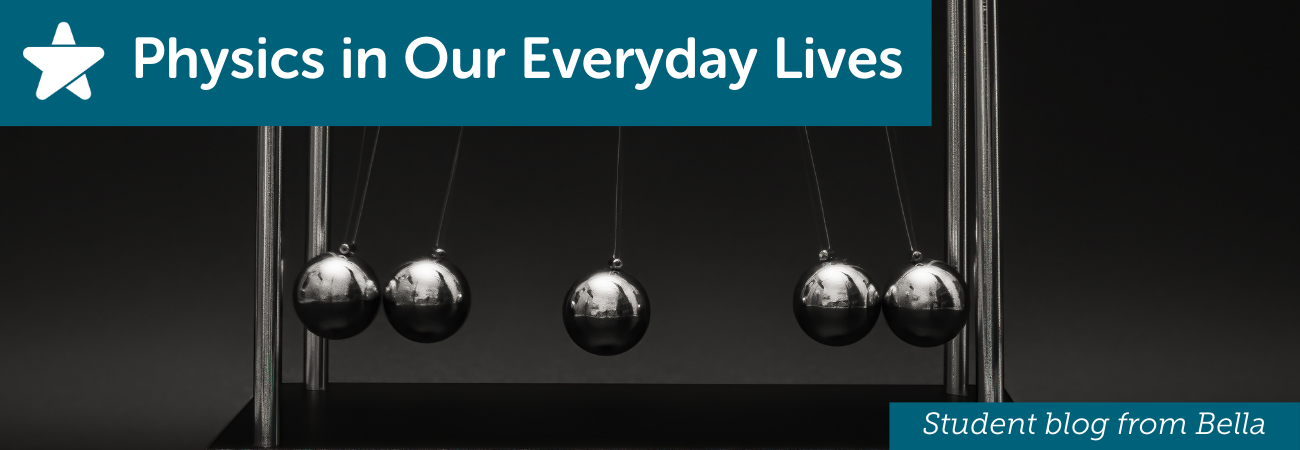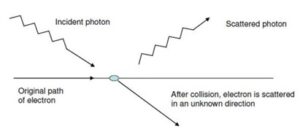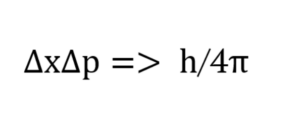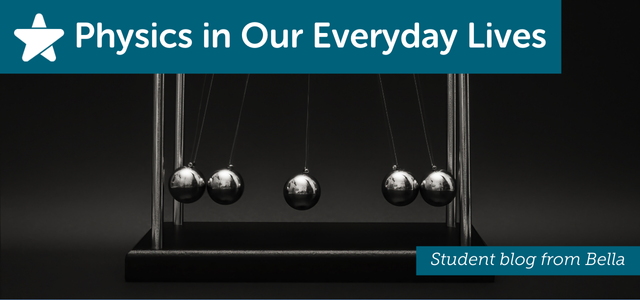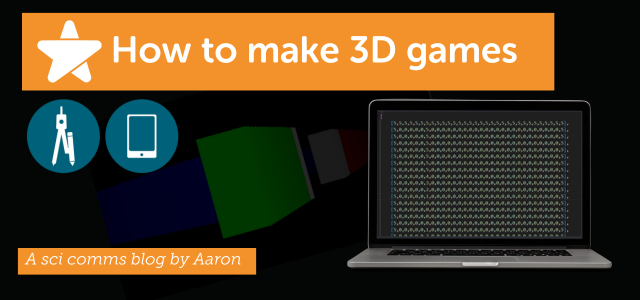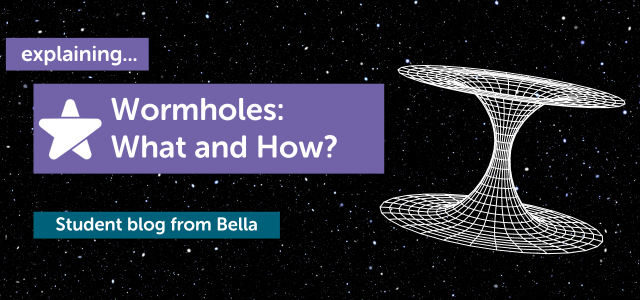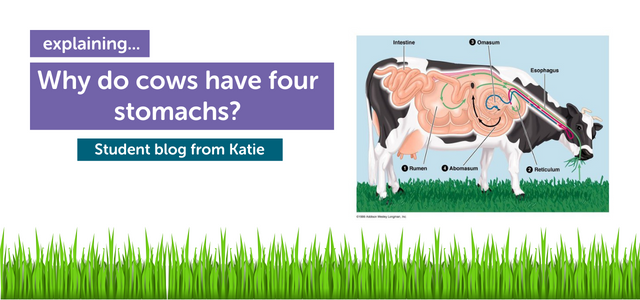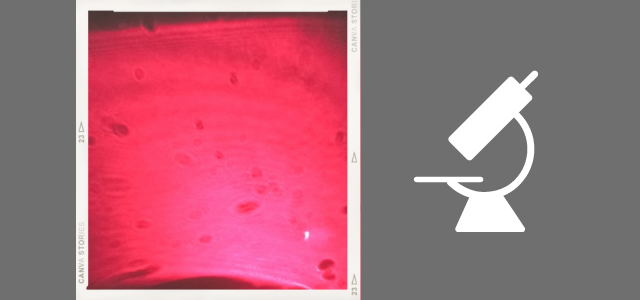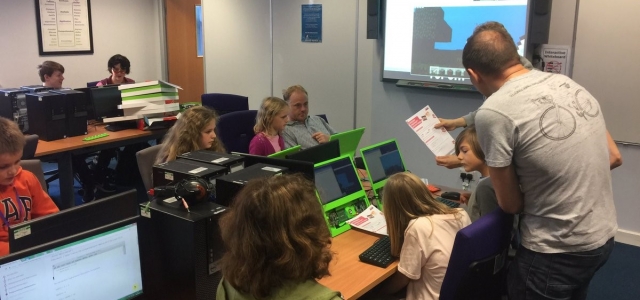Physics is known to concern itself with the behaviour of objects under the action of certain forces as well as the nature and origin of forces acting on us all. In her blog, Youth STEMM Award participant Bella explains how our knowledge of physics shapes our understanding of everyday life. Read on to learn more.
How can physics help us to understand everyday life and society?
Physics is a fascinating subject that delves into the fabric and phenomena of our universe. Although physics may not seem related to our everyday lives, we unconsciously and inevitably find ourselves surrounded by it. Whether in the 100 trillion neutrinos [1] passing through your skin per second as you drive to your place of work, or the law of gravitation pulling you toward the earth as you walk to school, physics operates continuously in our daily lives.
Tracing back classical physics
Even before the quantum revolution of the 1900s [2], human societies have always been captivated by the curiosities of everyday life. Through tracing back our technologies and concepts, this becomes evident. Newtonian ways of thinking consisted of posing and testing theorems, and using them to predict continuous streams of data. This is highlighted throughout history, for example, perhaps hidden laws within reflection tell us about society of the time. If I change the angle of incidence, what happens to the angle of reflection? It changes in proportion. This is directly linked to the invention of the periscope, which enabled vision without being seen during the wars, and now it does the same for a cars’ side view mirror – a feature crucial to the 1.4 billion drivers globally [3].
Other revolutionary inventions, such as rockets, microwaves that utilize radiation pathways, and the newly emerging quantum computers illustrate the transformative power of physics and are symbols of the ‘information age’, grasping both superposition and particle-wave duality, clearing the way for infinite opportunities in society and, once again, leaving a trail of physics in its path.
Everyday quantum chaos
Einstein once said, “God does not play dice.” – a line often misunderstood, which is meant to highlight the deterministic laws that govern our universe. Or so he thought. It is now certain that uncertainty governs much of our reality, whether we like it or not. Uncertainty is the act of measurement changing the state of a system, such as the interaction of subatomic particles. An incoming photon bounces off a stationary electron. We now know the exact position of the electron, only to be dumbfounded when the electron gains momentum and loses the certainty of its’ position from the passing photon, due to faults in the microscope.[4]
This challenge led scientists to develop electron microscopes, which use shorter wavelengths to observe much smaller things, like the new position of our electron. According to Heisenberg’s uncertainty principle. we cannot simultaneously know both the position and momentum of a particle. This is expressed in the following equation:
Where:
Δx= uncertainty in position
Δp= uncertainty in momentum
h = Planck’s constant
The idea that measurement of an experiment alters the observation itself is a difficult one [5], proving to reflect everyday life directly and indirectly. No matter who you are, physics tells you that your position and momentum are unpredictable wave packets and everyday life remains uncertain.[6]
In conclusion, one of the greatest questions of our age is: how has so much randomness and wave activity been added to everyday objects and subatomic particles that the once simple Newtonian laws of our universe now seem abstract? This is evolution in our understanding. As I continue to learn, I realise why staring through the obscured lens of classical physics might not be enough. And I begin to see the complete and utter chaos of everyday life.
References:
[1] A. Finkbeiner, “Looking for neutrinos, nature’s ghost particles.” Smithsonian institution magazine (2010): 1-5
[2] C. Rovelli, “Helgoland” (2021):9-12
[3] A. Chesterton, ‘How many cars are there in the world?’ Urban guide, (2018)
[4] C. Orzel, ‘How to teach quantum physics to your dog -Heisenberg’s uncertainty principle,’ (2009): 2: 43-67
[5] C. Orzel, ‘How to teach quantum physics to your dog -Heisenberg’s uncertainty principle,’ (2009): 2:43-67
[6] Caltech faculty, Caltech, ‘What is the uncertainty principle?’ (2023)

